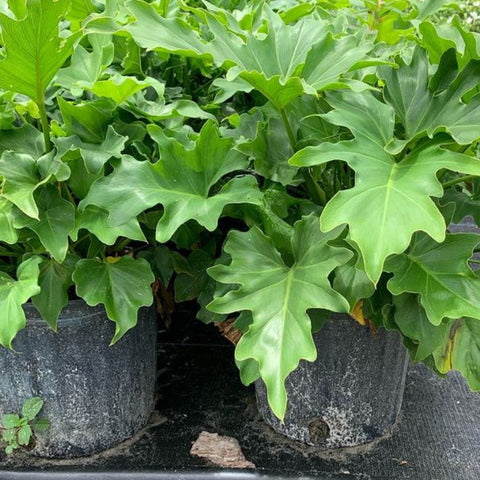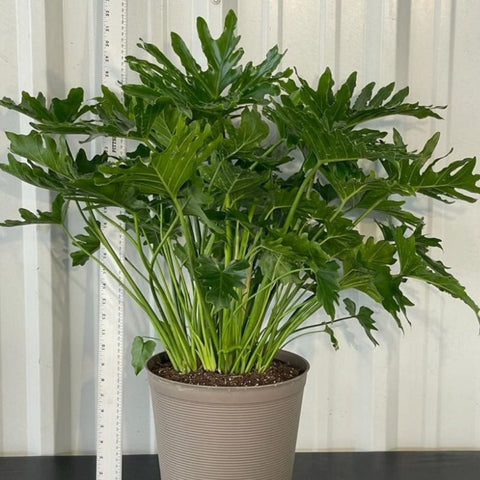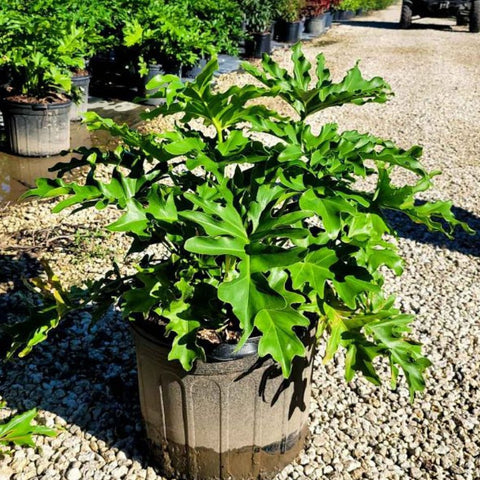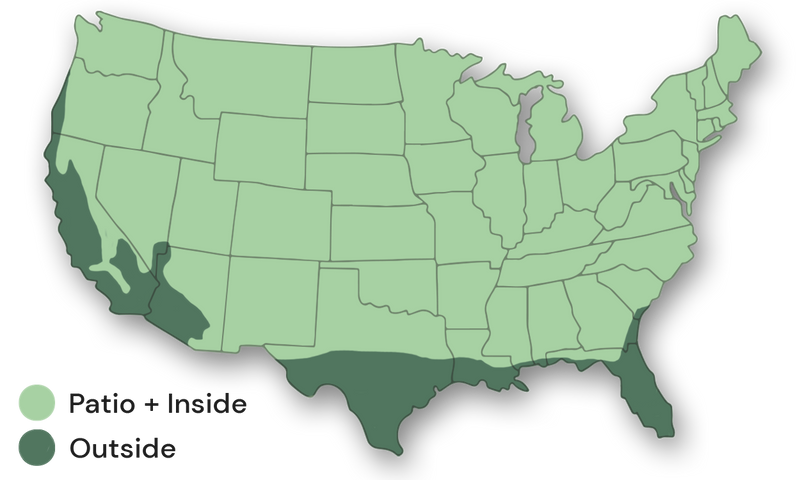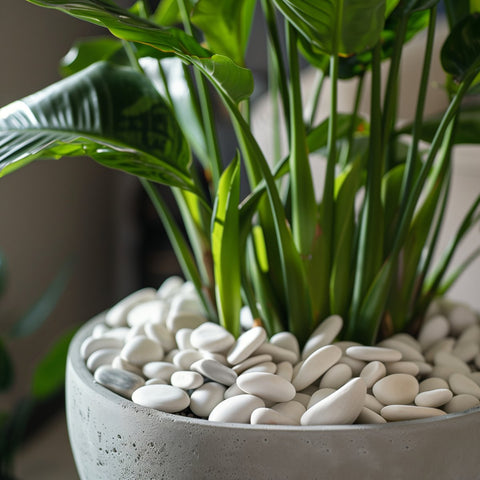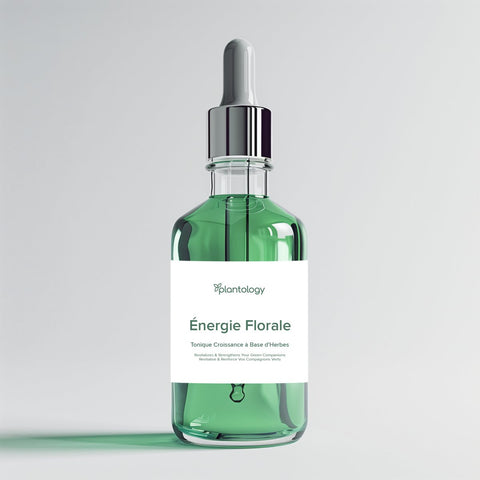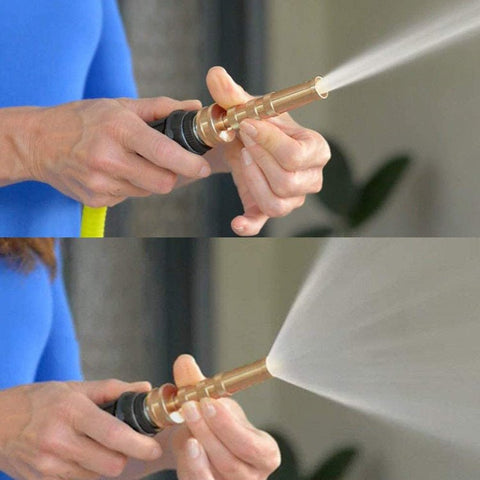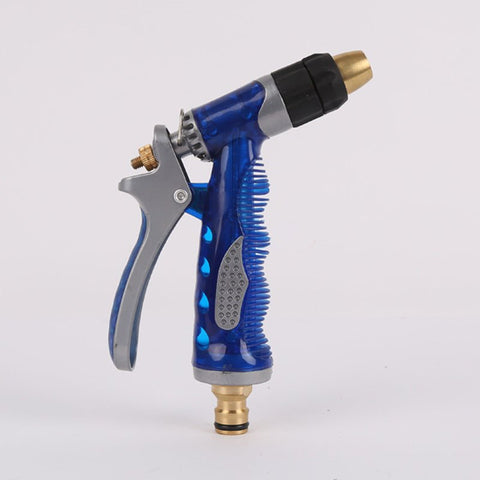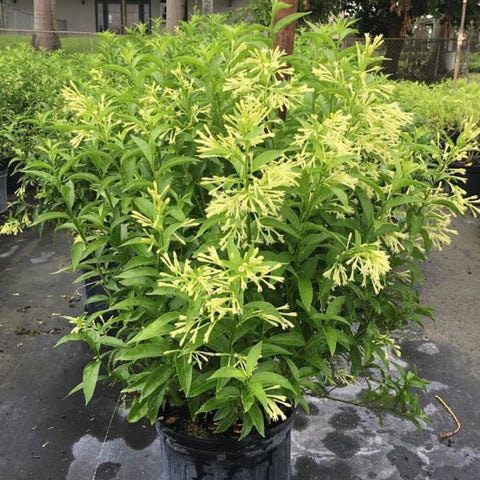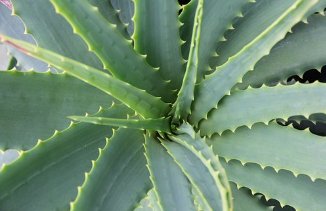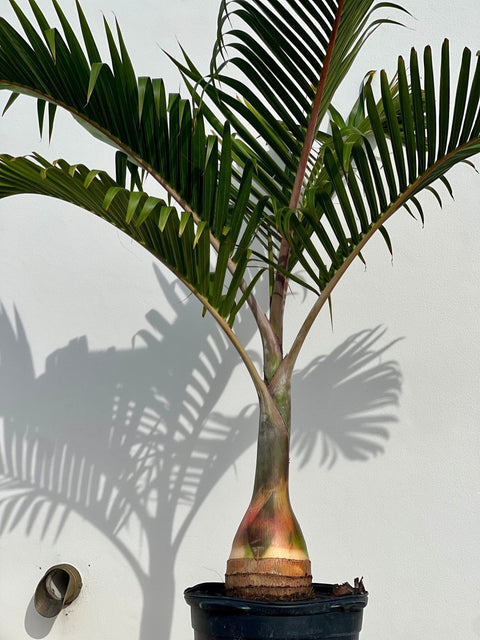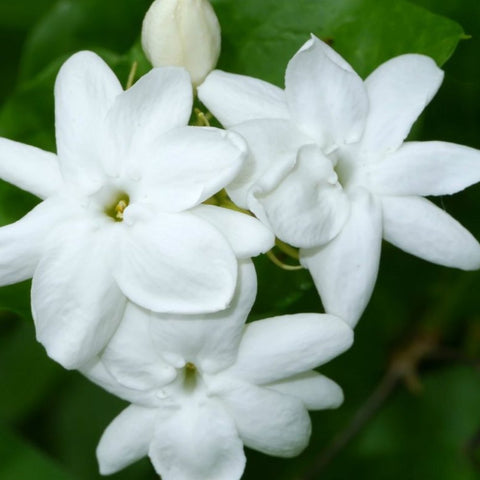Philodendron Philo. Selloum: Tropical Elegance for Your Space
Philodendron Selloum, a lush and vibrant addition to your surroundings. Discover essential insights for cultivating and caring for this tropical beauty.
How to Grow
Philodendron Selloum thrives in well-draining soil and adapts to various light conditions. Whether reaching a significant height or potted for a smaller profile, it's an adaptable plant that requires regular watering and occasional fertilization for optimal health.
Care Tips
Maintain the vitality of your Philodendron Selloum by pruning away any damaged or aged leaves regularly. Protect it from extreme weather conditions, including strong winds and frost. Keep an eye out for pests and diseases, ensuring a prompt response to maintain its health.
Uses
Philodendron Selloum is a versatile choice, ideal for both landscape and container gardening. Its large, lobed leaves add a tropical touch to patios, balconies, and gardens. While not producing edible fruits, its lush appearance enhances the visual appeal of any space.
Planting Tips
When planting Philodendron Selloum, choose a location with well-draining, moist soil. Whether in full sun or partial shade, this adaptable plant will thrive. Ensure proper spacing, water thoroughly after planting, and maintain a consistent watering schedule for optimal growth.
Maintenance
Ensure the ongoing beauty of your Philodendron Selloum with regular pruning and a balanced fertilization schedule. Shield it from strong winds and frost, preserving the health and aesthetics of its lush foliage.
Frequently asked questions
When purchasing a Philodendron Selloum, maximizing cost-effectiveness is a key consideration for many plant enthusiasts. This lush and tropical plant, also known as Philodendron Bipinnatifidum, is a popular choice for indoor and outdoor spaces due to its striking foliage and low maintenance requirements. To get the most value for your money when buying a Philodendron Selloum, consider the following tips. First, one way to maximize cost-effectiveness is to buy from reputable nurseries or online retailers that offer competitive prices. Compare prices across different sellers to ensure you are getting the best deal without compromising on plant quality. Additionally, consider purchasing smaller or younger plants, as they are often more affordable than larger, more mature specimens. These smaller plants will grow and thrive over time, providing a cost-effective way to enjoy a beautiful Philodendron Selloum in your home. Another tip is to propagate your Philodendron Selloum through division or stem cuttings. This allows you to expand your plant collection without having to purchase additional plants. By propagating your own Philodendron Selloum, you can save money and create a personalized growing experience. In conclusion, maximizing cost-effectiveness when purchasing a Philodendron Selloum involves researching prices, opting for smaller plants, and considering propagation methods. By following these tips, you can enjoy the beauty of this tropical plant while staying within your budget. Remember to care for your Philodendron Selloum properly to ensure its health and longevity.
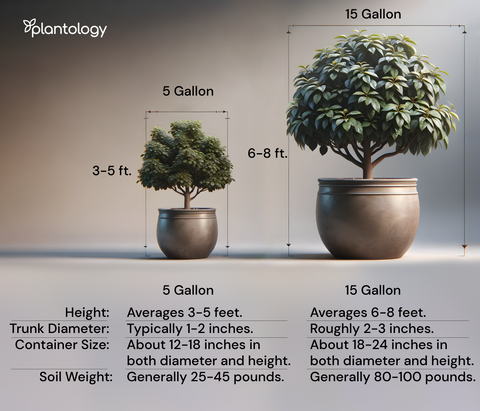
Free Shipping Over $150
Only $12 flat rate on orders under $150
Healthy Arrival Guarantee
Plants arrive healthy or we replace them free

